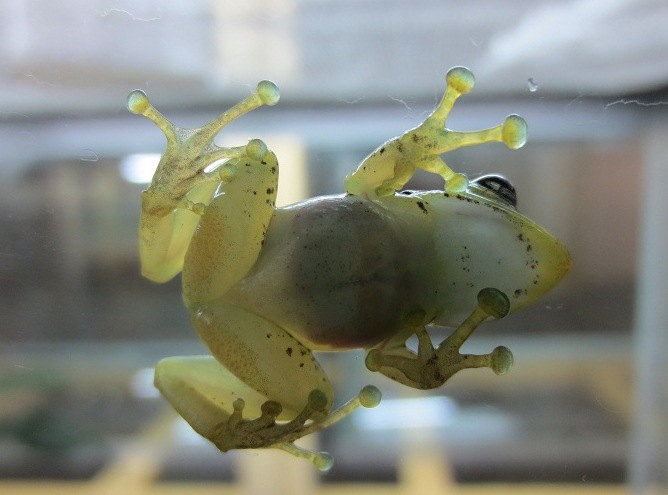By RAKOTOARISOA Justin Claude, Project Supervisor Mitsinjo Toby Sahona Andasibe-Madagascar
Between the months of August and September, 2020 substantial progress was made towards the objectives of the captive breeding at Mitsinjo research center. In total, 106 terraria are occupied with 11 common species and one critically endangered species. As counted by the end of this month, the Mitsinjo center now has approximately 1,200 individuals of amphibians. Using multiple husbandry technics, most of the species still alive are in great health. Facing the winter season, they are all less active, hibernate and there are no breedings recorded during those couple of months.
Species monitored in captivity (in-cluding the number of specimens):
90% of those wild-caught are old and need to be changed in the next few years to prevent mortality. Even though the next breeding season is coming up soon, all of the captive species have been selected by using/improving new technics based on tree frog and the top hill spe-cies. In addition, Mantella aurantiaca has been readied for the next release, for both F2 and F3 generations.
The success of captive breeding depends on their live food cultures, and insect production plays important roles for those 12 species of frogs. We produce 150 new fruit fly cultures every week and use approximately 50 cultures for food. The breeding of other insect species was conducted but we need a specialist to identify them. They are listed here: Col-lembolans or springtails, large black crickets, Cave cricket, tropical house crickets, field crickets, and large field crickets. As expected, termites and ants are also a great diet for the Mantella au-rantiaca, but they require space and time to breed. According to Shan Sutor, a volunteer from the UK who spent one month in Mitsinjo center in 2015, he could help Mitsinjo again but because of the pandemic, he could not come this year. Mitsinjo staff would appreciate exchanges with experts to expand our knowledge of captive breed-ing as this is the first of its kind in Madagascar.
Photo © RAKOTOARISOA Justin Claude

